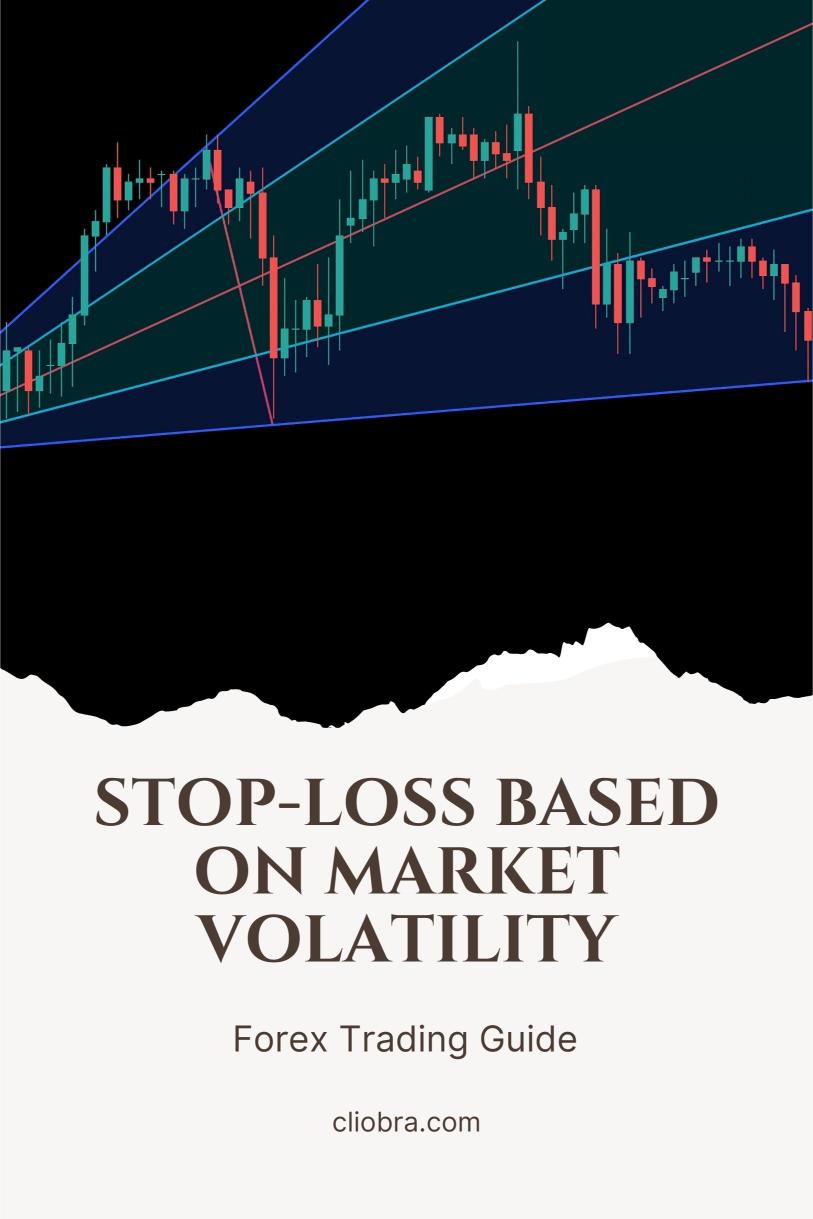Last Updated on February 8, 2025 by Arif Chowdhury
Ever find yourself staring at your charts, wondering if your stop-loss strategy is doing its job?
Are you worried about getting stopped out when the market takes a wild swing?
As a seasoned Forex trader since 2015, I’ve navigated these waters and learned that adjusting your stop-loss strategies based on market volatility is crucial for success.
Let’s dive into how you can do just that.
Understanding Market Volatility
Market volatility measures how much prices fluctuate over a certain period.
Higher volatility means bigger price swings, which can be both a blessing and a curse.
You might think, “More movement equals more opportunities!”
But hold on.
In volatile markets, the risk of being stopped out increases.
Statistically, markets can swing up to 2% in a single day during high volatility phases.
That’s a lot of room for error if your stop-loss isn’t properly placed.
Why Adjust Your Stop-Loss?
You want to protect your capital.
But here’s the kicker: a rigid stop-loss can lead to unnecessary losses during volatile times.
Adjusting your stop-loss allows you to:
- Reduce the chances of being stopped out in noise.
- Capture more profits during big moves.
- Tailor your strategy to current market conditions.
How to Adjust Your Stop-Loss
Let’s break this down into manageable steps.
1. Assess Market Conditions
Before placing a trade, look at the current volatility.
Use tools like the Average True Range (ATR) to gauge how much a currency pair typically moves.
If the ATR shows increased volatility, widen your stop-loss.
2. Use ATR for Stop-Loss Placement
The ATR is a game-changer.
Here’s how to use it:
- Calculate the ATR for your currency pair (look for a 14-day period).
- Multiply the ATR by a factor (1.5 or 2) based on volatility.
Example: If the ATR is 50 pips, your stop-loss should be at least 75-100 pips away.
This gives your trade some breathing room.
3. Implement a Trailing Stop
Once your trade is in profit, consider using a trailing stop.
This allows you to lock in profits while still giving your trade room to run.
- Set the trailing stop based on the ATR.
- Adjust it as the market moves in your favor.
This way, you’re not just protecting your downside but also capitalizing on upward trends.
4. Monitor Economic News
Major economic releases can cause spikes in volatility.
Be aware of:
- Interest rate announcements
- Employment reports
- Geopolitical events
Adjust your stop-loss ahead of these events.
If you expect volatility, widen your stop-loss to avoid being caught in sudden price moves.
5. Diversify Your Strategy
When using multiple trading strategies, adjust stop-loss levels based on their individual volatility profiles.
Some strategies may require tighter stops, while others can afford to be looser.
This is where my exceptional trading bot portfolio comes into play.
With 16 diverse algorithms designed for currency pairs like EUR/USD and GBP/USD, you get built-in risk management that adapts to market conditions.
Keep an Eye on Correlation
If you’re trading multiple pairs, be mindful of correlation.
For example, if you’re trading both GBP/USD and EUR/USD, their movements can affect your overall risk.
Adjust stop-losses accordingly to manage correlated risks.
Using a diversified strategy, like my trading bots, helps mitigate these risks, providing a robust safety net.
Conclusion
Adjusting your stop-loss strategies based on market volatility isn’t just smart; it’s essential.
By assessing market conditions, using tools like ATR, and staying informed about economic news, you can protect your capital while maximizing profits.
And don’t forget to consider the power of diversification.
For those looking to enhance their trading experience, I highly recommend exploring the best Forex brokers I’ve tested over the years.
Also, check out my 16 trading bots portfolio for a hands-off approach to trading that adapts to market conditions.
